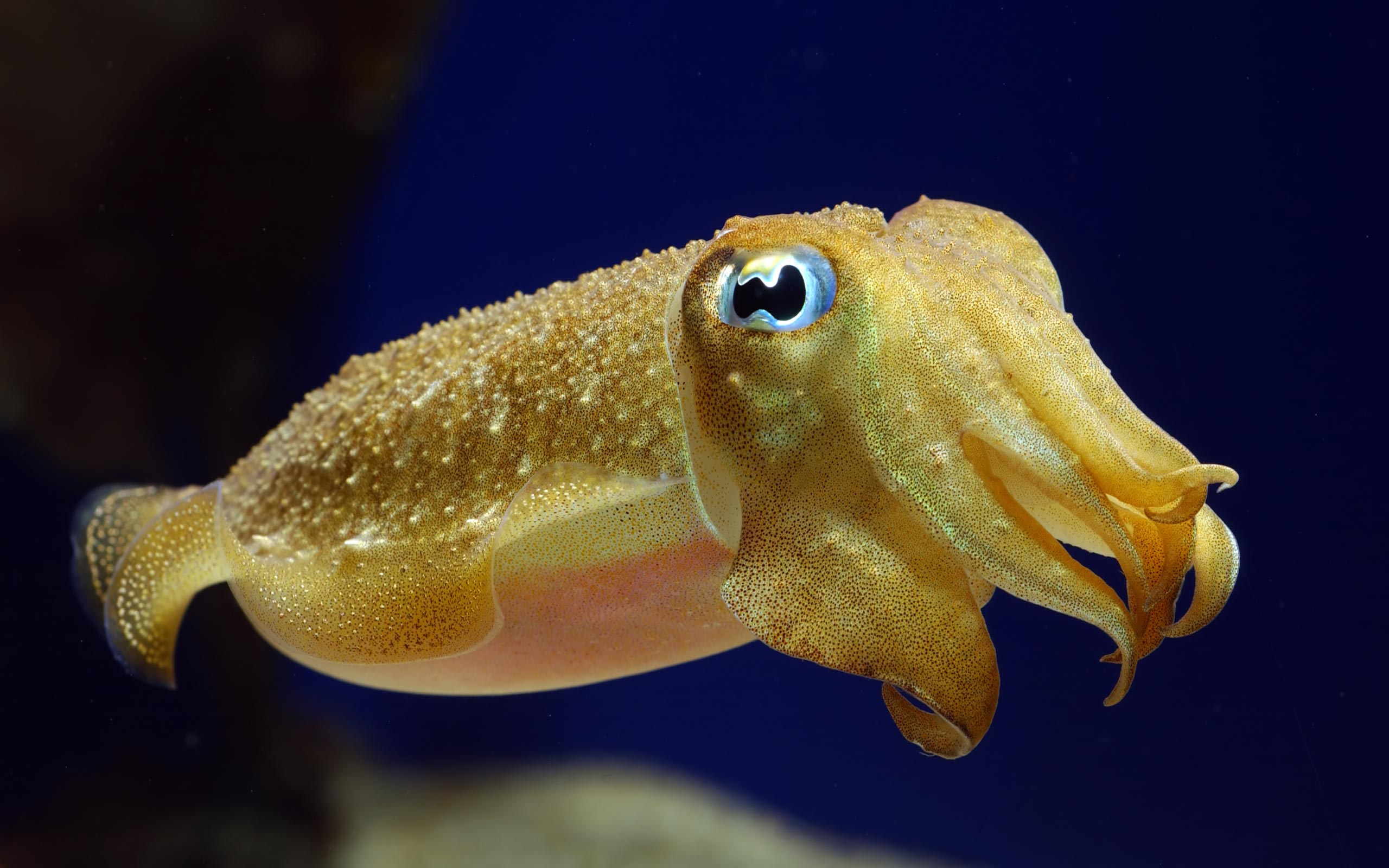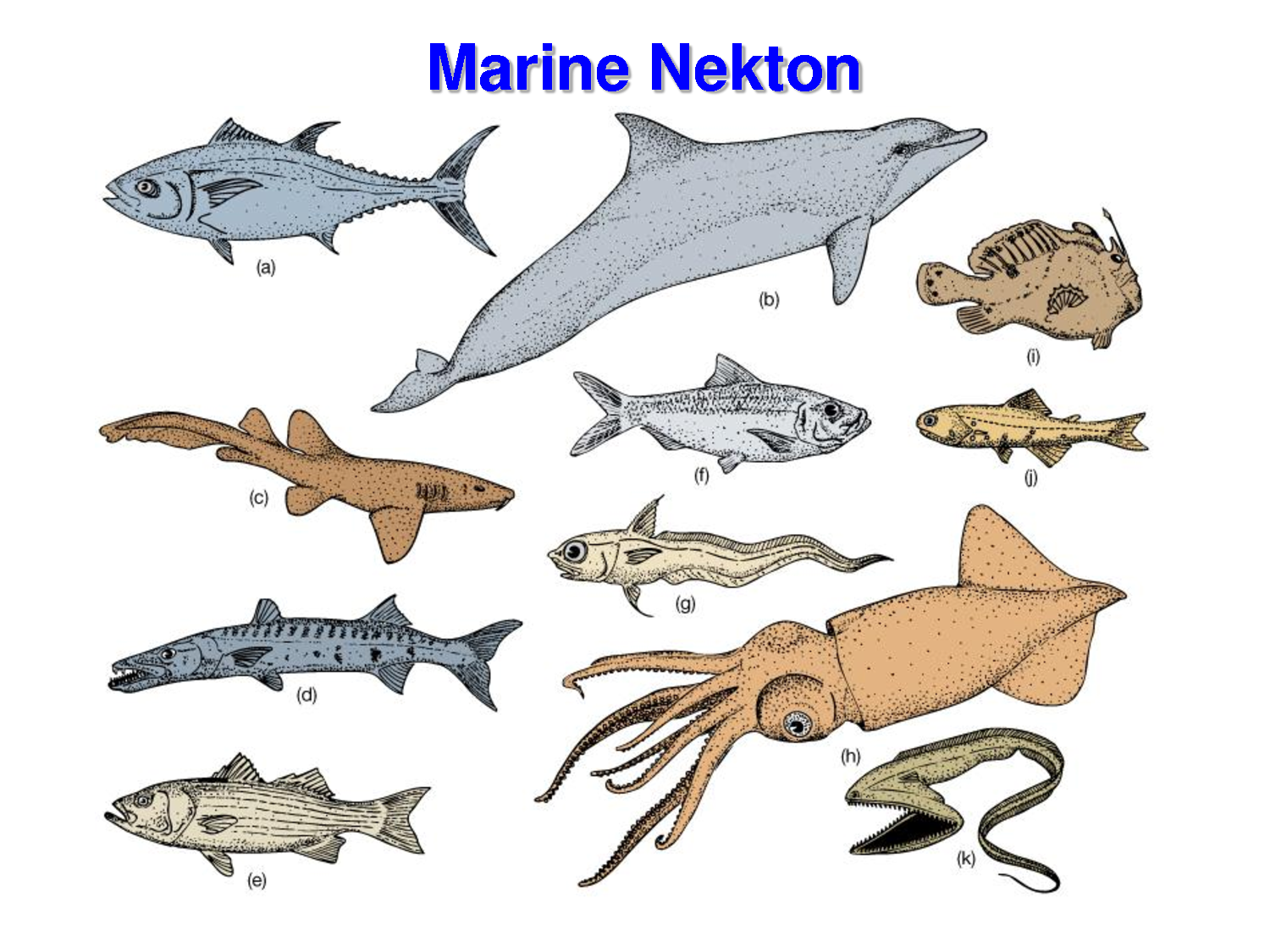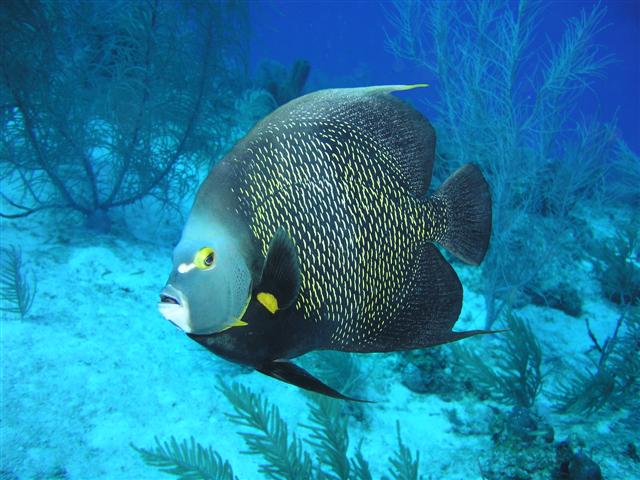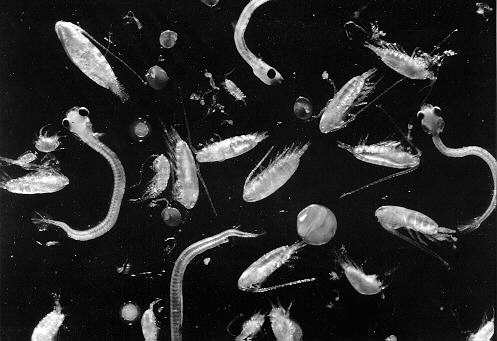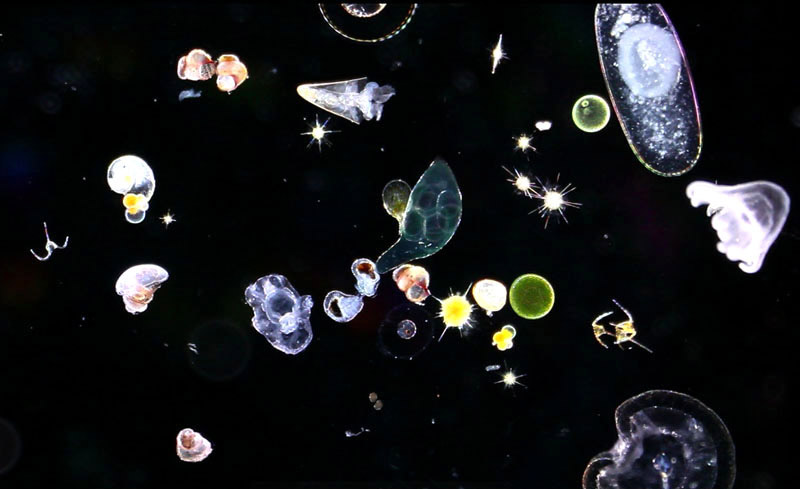| Animals World |
|
|
Marine animals
Approximately 71 percent of earth's surface is
covered by salt water, and the marine environments
contained therein constitute the largest
and most diverse array of life on the planet. Life
originated in the oceans, and the salt water that
comprises the largest constituent of the tissues of
all living organisms is a vestigial reminder of the
aquatic origins of life.
|
Look also: Most Popular AnimalsPrincipal Terms
benthos: organisms living upon, or below,
the surface of the substrate that forms
the ocean floor |
|
Copyright 2016 |
|
